Clematis Types?
gardenbug
14 years ago
Related Stories
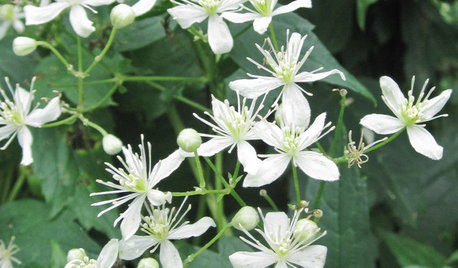
GARDENING GUIDESGreat Design Plant: Clematis Virginiana
Devil’s darning needles, a vigorous vine native to eastern North America, likes partial shade and many types of soils
Full Story
PLANTING IDEASGreat Garden Combo: Rose + Clematis for Small-Space Impact
We all need somebody to lean on. And when a rose supports a climbing vine, the results can totally transform a small garden
Full Story
LANDSCAPE DESIGNThe 7 Best Plant Types for Creating Privacy and How to Use Them
Follow these tips for using different kinds of plants as living privacy screens
Full Story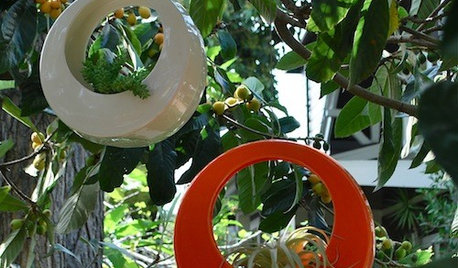
GARDENING AND LANDSCAPING40 Great Gifts for Gardeners
What to Get for Green-Thumb Types. It's a No-Gnome Zone.
Full Story
GARDENING GUIDESGrow a Beautiful Garden in Alkaline Soil
Got alkaline soil? Learn how to manage it and the many beautiful plants that will thrive in this ‘sweet’ soil
Full Story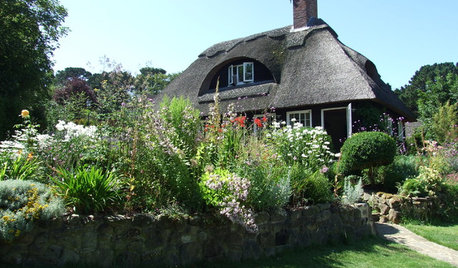
INSPIRING GARDENS12 Storybook Cottage Gardens
If you want a bewitching cottage garden but aren’t sure where to start, these ideas will get you planting in no time
Full Story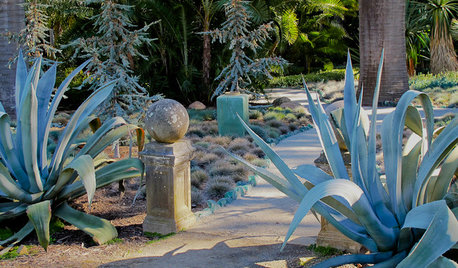
GARDENING GUIDESMonochromatic Garden Magic Done 7 Ways
Discover intriguing ways to use color in your garden by unlocking the secrets of monochromatic design
Full Story
GARDENING GUIDESGreat Design Plant: Sally Holmes Rose
This simple yet versatile climbing rose grows vigorously all year; plant now for abundant spring and summer blooms
Full Story
SPRING GARDENINGTop 10 Scented Plants for Your Garden
A palette of perfumed plants can transform even the smallest of gardens into a sensory delight
Full Story
EXTERIORSCare and Training for a Vine-Covered Home
Love the look but don’t want the ruin? Learn how to have vine-draped walls without all the cracks and crumbling
Full Story





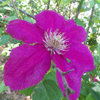
flowerfan2
kitkat_oregon
Related Professionals
Citrus Heights Landscape Architects & Landscape Designers · Folsom Landscape Architects & Landscape Designers · Middle Island Landscape Architects & Landscape Designers · Maple Heights Landscape Architects & Landscape Designers · Avocado Heights Landscape Contractors · Fort Myers Landscape Contractors · La Vista Landscape Contractors · Lemoore Landscape Contractors · Petaluma Landscape Contractors · Roswell Landscape Contractors · Setauket-East Setauket Landscape Contractors · Soddy Daisy Landscape Contractors · South Lyon Landscape Contractors · West Coon Rapids Landscape Contractors · Whittier Landscape ContractorsgardenbugOriginal Author
gardengal48 (PNW Z8/9)
nckvilledudes
gardenbugOriginal Author
gardengal48 (PNW Z8/9)
gardenbugOriginal Author